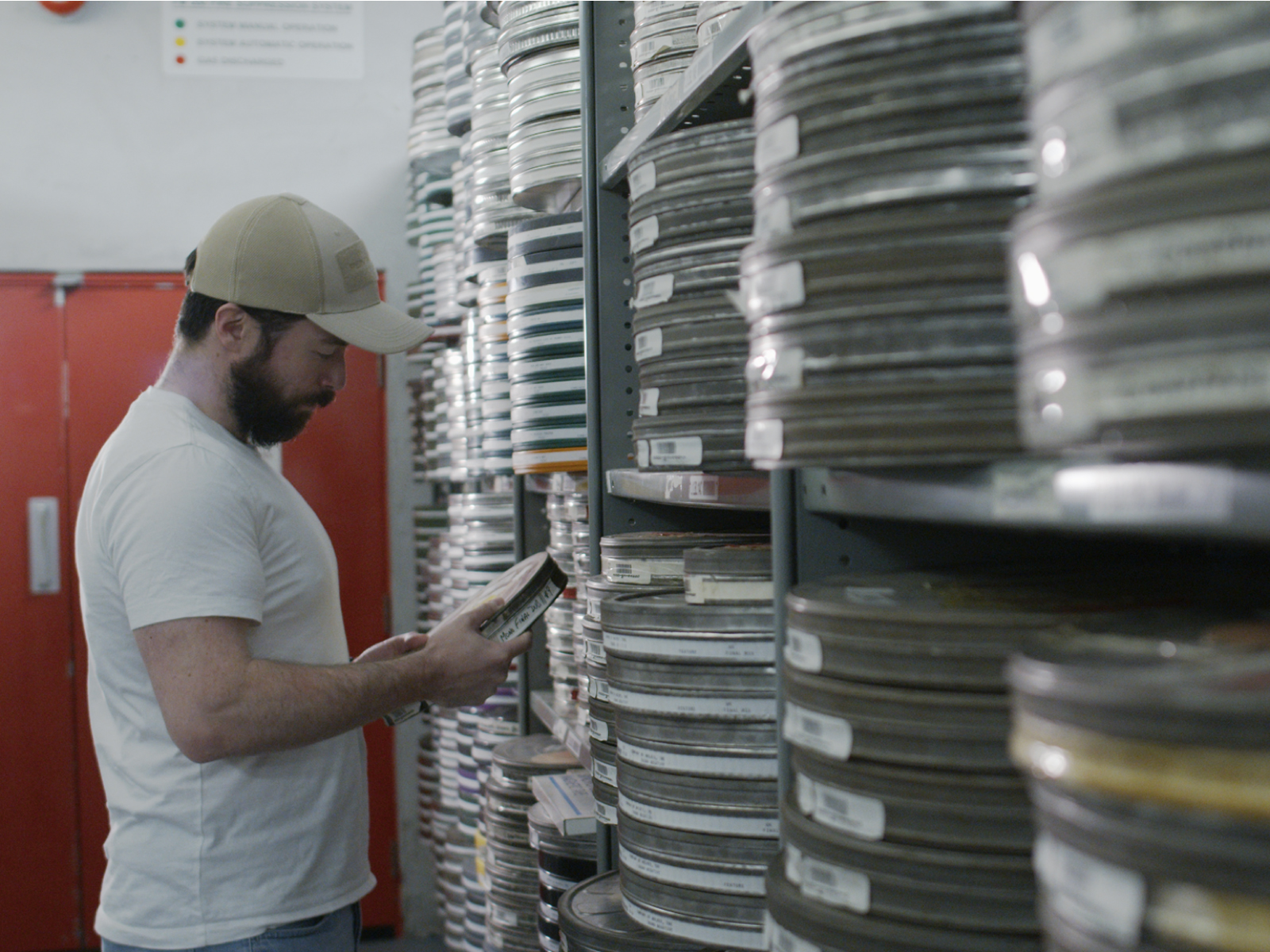
Blackmagic Design announced that ITV Content Services is using the Cintel Scanner G3 HDR+ and DaVinci Resolve Studio to scan, digitise and restore 8mm, 16mm and 35mm film in UltraHD.
Situated in Leeds and part of the ITV Content Library, which boasts about 1.2 million physical assets, Content Services caters to a diverse range of clients, from internal departments to external companies and clients beyond ITV’s direct projects.
“Our customers include internal departments, companies licensing ITV’s content and external clients on unrelated projects,” explains Josh Clark, content processing supervisor for ITV Content Services.
Clark’s team works closely with the digitisation team which is responsible for film scanning, tape digitisation and transfer. “We restore, grade and master new transfers to create a new version of a classic piece of content,” he explains.
“The Cintel Scanner arrived just over a year ago. Where other scanners required regular maintenance or repairs, the Cintel has been rock solid since we acquired it,” notes Clark. “Although originally intended to bridge a gap in our scanning, it has now become our go to solution for most projects.”
“The Cintel provides a solid base scan that captures rich colour details in 12-bit and overscans in 4K, offering ample resolution for UHD restoration and mastering. The automated stabilisation is also a significant advantage,” notes Clark.
“The [Image Mill] stabilisation tracks the film’s perforations to streamline the restoration process,” reveals film restoration expert, Silas Dominey. “If perforations are damaged, we can disable the stabilization, giving us the ability to assess things on a reel by reel basis. It’s all about using the most effective stabilization process based on the condition of the film itself.”
“We’re also impressed with the sprocketless runner system,” says Dominey. “Since the Cintel operates on tension, we can trust it not to damage any of the materials we process through it.”
Recently, the team completed HD remaster of comedy classic, “Carry on Henry” (1971), for the digital platform ITVX. The best source asset available to the team was a 35mm interpositive, a second generation copy that is often the next best thing if the original camera negatives aren’t available.
After the initial scan, Dominey took charge of film restoration. Meanwhile, Colorist Sam Gilboy was responsible for grading the film using DaVinci Resolve Studio with the DaVinci Resolve Mini Panel.
A particular challenge was the blue cast in the film’s shadows, a common issue in aging film. Using DaVinci Resolve’s HDR grading tools, ITV Content Services effectively isolated and corrected these color shifts without compromising the rest of the image.
“When film degrades the colour doesn’t necessarily fade consistently across the dynamic range. The shadows might drift more aggressively in one direction than the highlights,” says Dominey. “So, although those tools are designed for HDR deliverables, we use them to correct film scans.”
The restoration of “Carry On Henry” spanned two months, culminating in an HD deliverable for ITVX, a UltraHD ProRes version for archive and a 4K DPX master sequence.












